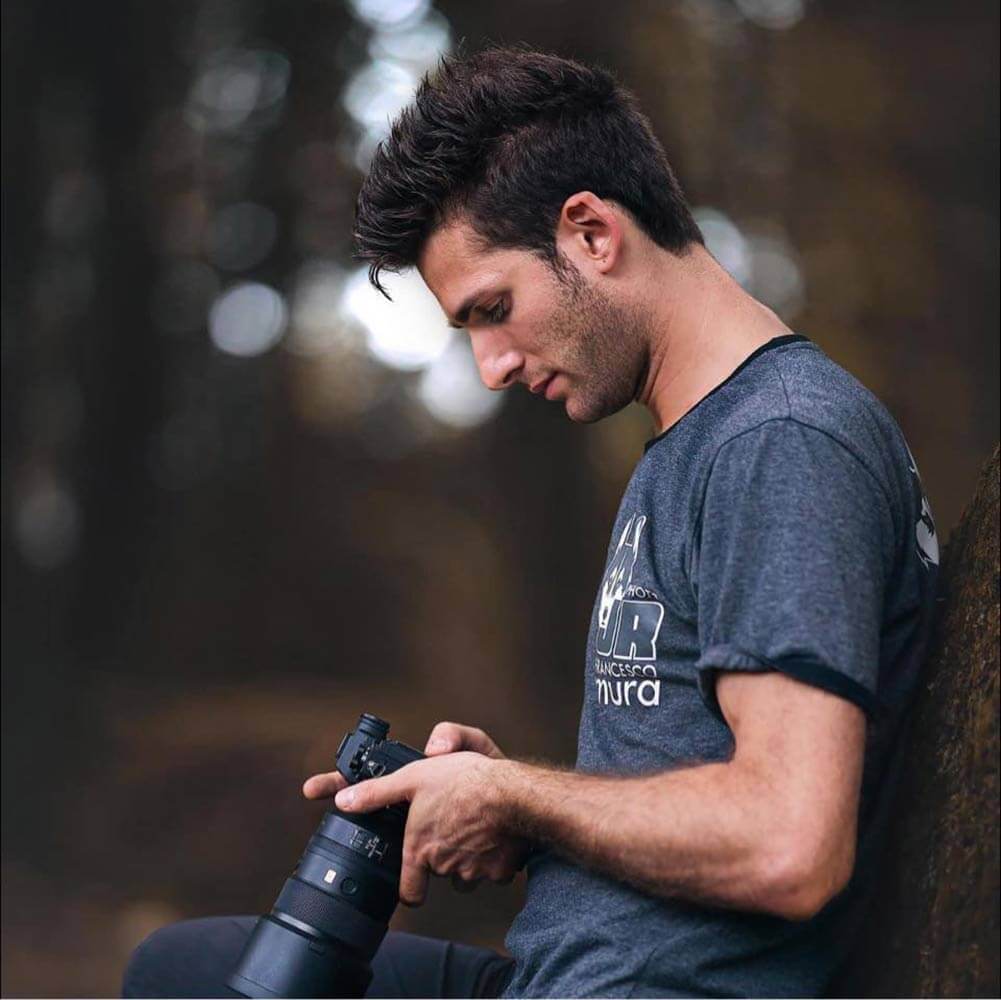Francesco Junior Mura, a photographer from Tuscany, has transformed his passion for dogs and agility dog sports into a celebrated professional career. His journey began with the arrival of Steel, his first Siberian Husky, which sparked his interest in dog photography. Specializing in capturing dogs in action, Francesco won the title of "Dog Photographer of the Year" in the Action category with one of his Agility Dog photos.
This recognition paved the way for many others, including the Fine Art Photography Awards and the Annual Photography Awards, as well as the Sony and IPA awards. Bringing his work to international stages has given Francesco new opportunities to introduce the niche of agility dog photography to the world.
Living in Tuscany with his partner and three dogs, two Border Collies and a Husky, he finds daily inspiration in his loyal companions, who not only enrich his life but also fuel his creativity. His photos not only capture the action but also tell stories of connection and trust between dogs and handlers, reflecting the passion and energy of the sport.
Through his lens, Francesco documents not only the competition but also the deep bond that develops on the field, showing how photography can explore and communicate the complex dynamics between man and his faithful companion.
